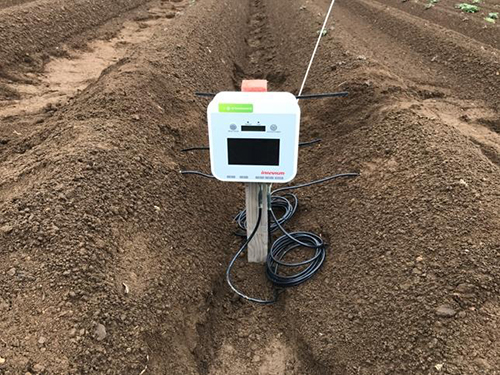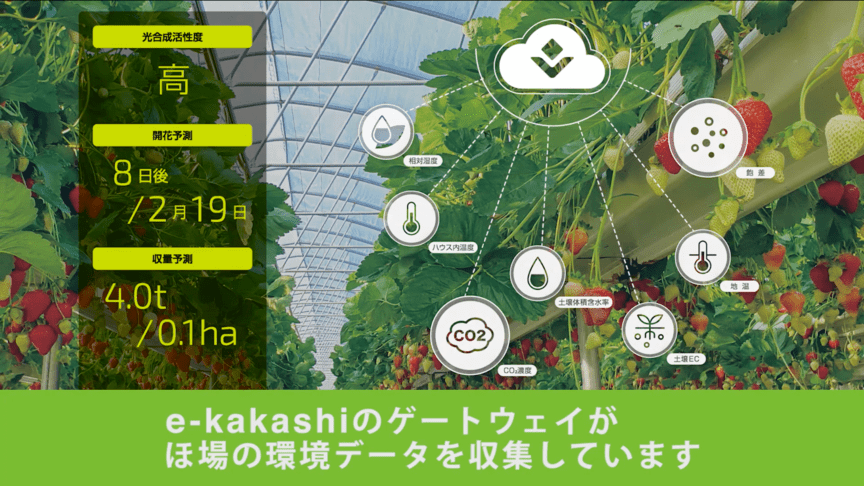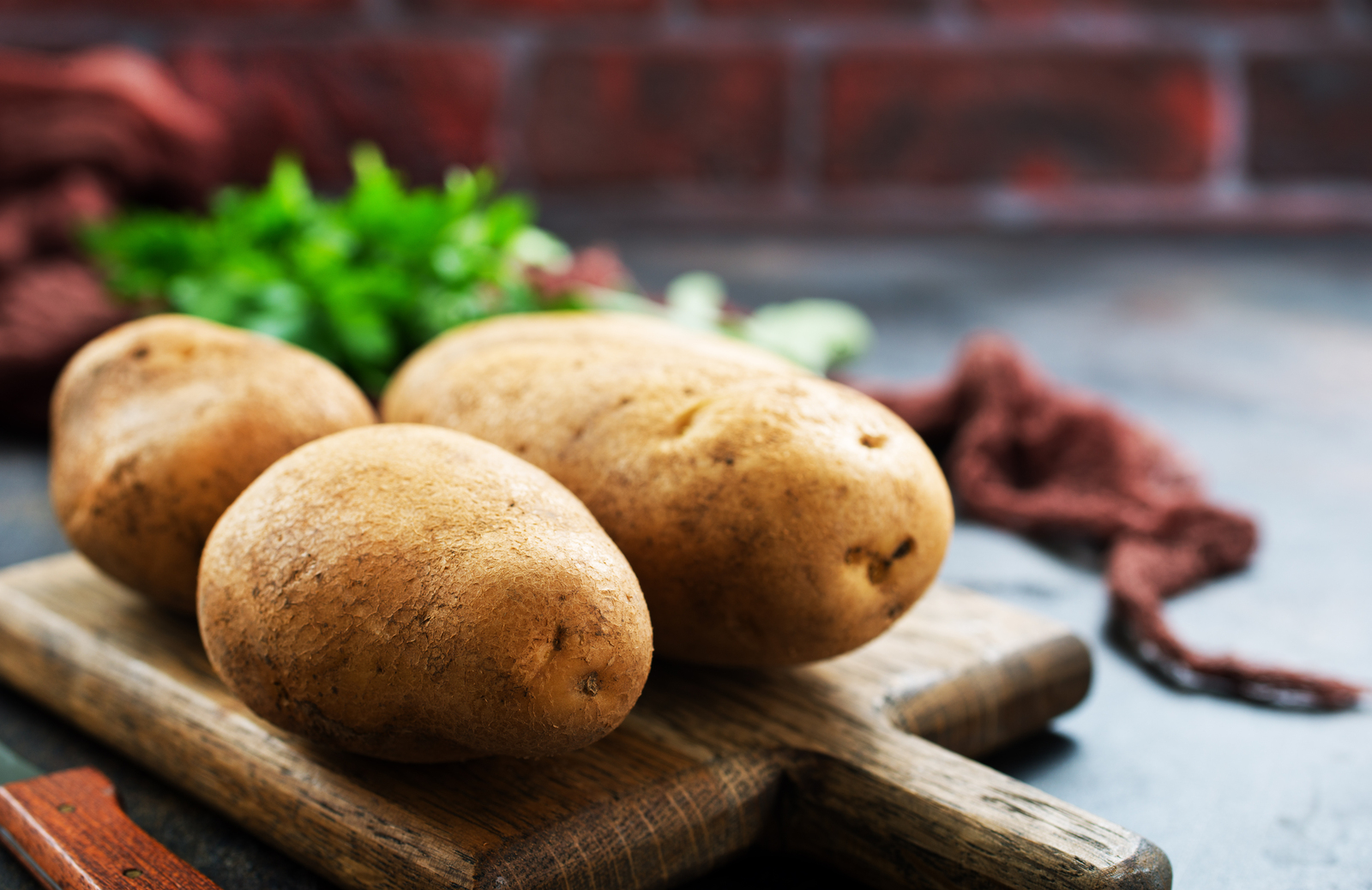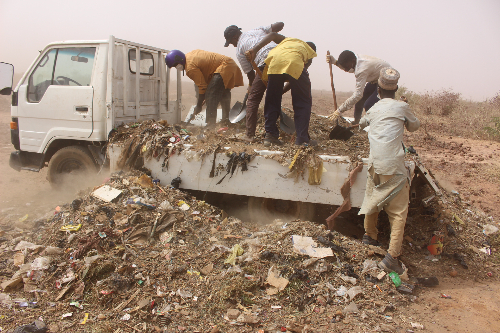J-STORIES - A demonstration project on a farm in Hokkaido belonging to Calbee Potato is using an AI-based agricultural support system developed by major telecommunications company Softbank. The result is that harvests have increased up to 1.6 times.
Softbank calls its system “e-kakashi” (kakashi is the Japanese word for scarecrow.) The AI, which has built-in knowledge of plant science, has been developed as a way to support farmers by analyzing environmental and other data, telling them the best time to irrigate fields, and suggesting optimal cultivation methods. It has also been used for growing rice in northeast Japan and strawberries on the southern island of Kyushu.

SoftBank announced the results from the demonstration experiment, which was conducted in the Hokkaido area from June to October 2021 by Calbee Potato, a supplier of potatoes for chips and other products. Some years in parts of Hokkaido, harvests have declined due to drought caused by recent climate change, and Calbee Potato has been working on data-based cultivation for some time.
In the experiment, Softbank’s e-kakashi system was installed in a field, and the condition of crops was compared between a field with only rainfall and a field where data was used to decide when best to water the crops. Yields were up to 1.6 times higher in fields where irrigation timing was optimized than in fields with rain alone.

The e-kakashi system installed in the field constantly checks and analyzes data on volumetric water content (the amount of moisture contained in the soil.) When the moisture content falls below a certain level, an alert is sent to the farmer’s smartphone or other device to tell them the best time to irrigate the soil.
Softbank’s main business is telecommunications, but the company aims to realize a “sustainable society” through its business, and “smart agriculture” using AI technology is one of the main ways it is doing that.

With the declining birthrate, aging population, and population exodus to cities, Japanese agriculture faces serious labor shortages and other problems. There are many projects in Japan that promote advanced technology-based “smart agriculture” as a way to preserve the economic and social vitality of rural areas.
Softbank says that the e-kakashi system has been installed in approximately 550 locations in 37 administrative districts across Japan (as of September 2021.) Not just that, it is being used to increase rice cultivation yield and sustainability in the South American country of Colombia, as part of a “Smart Rice-Farming” project. So there is a push to use the system overseas as well.
Translation and Editing by Tony McNicol
Top page photo by tycoon101/Envato
For inquires about this article, please contact us at jstories@pacificbridge.jp
***
***
Click here for the Japanese version of the article.

![[Podcast] Japanese technology to supercharge human fertility (Part 2)](https://storage.googleapis.com/jstories-cms.appspot.com/images/1765863548035unnamed-7_smallthumbnail.jpg)
![[Podcast] Japanese technology to supercharge human fertility (Part 1)](https://storage.googleapis.com/jstories-cms.appspot.com/images/1765440905082unnamed_smallthumbnail.jpg)


![[Interview: Part 2] A digital approach to tackle child hunger in Japan with dignity](https://storage.googleapis.com/jstories-cms.appspot.com/images/1766130666509unnamed_bigthumbnail.jpg)
![[Podcast] Japanese technology to supercharge human fertility (Part 2)](https://storage.googleapis.com/jstories-cms.appspot.com/images/1765863548035unnamed-7_bigthumbnail.jpg)
![[Podcast] Japanese technology to supercharge human fertility (Part 1)](https://storage.googleapis.com/jstories-cms.appspot.com/images/1765440905082unnamed_bigthumbnail.jpg)
_bigthumbnail.jpeg)






![[Interview] When digital and physical worlds meet](https://storage.googleapis.com/jstories-cms.appspot.com/images/1747974430456unnamed-2_smallthumbnail.png)



_smallthumbnail.jpeg)
![[Interview: Part 1] From nourishing souls to feeding the hungry](https://storage.googleapis.com/jstories-cms.appspot.com/images/1763695595492unnamed_smallthumbnail.jpg)

